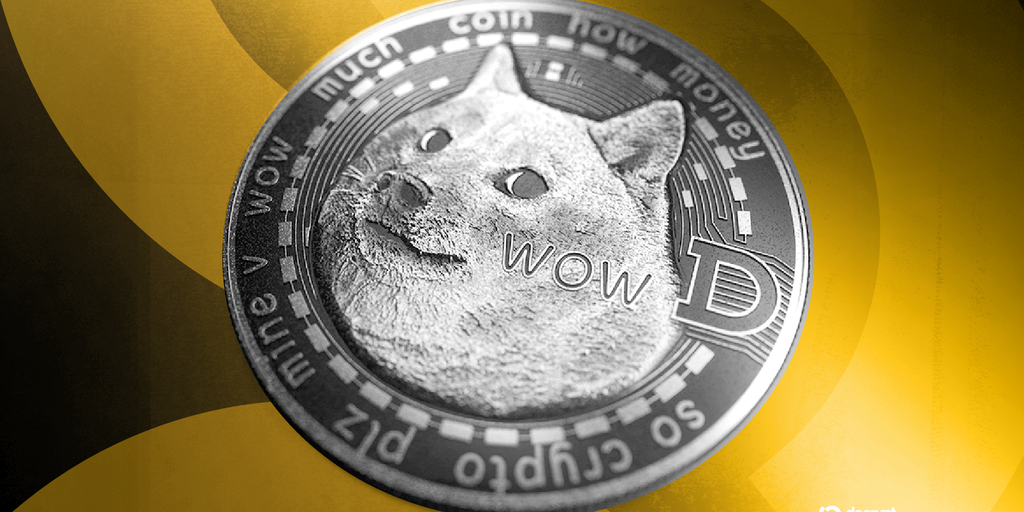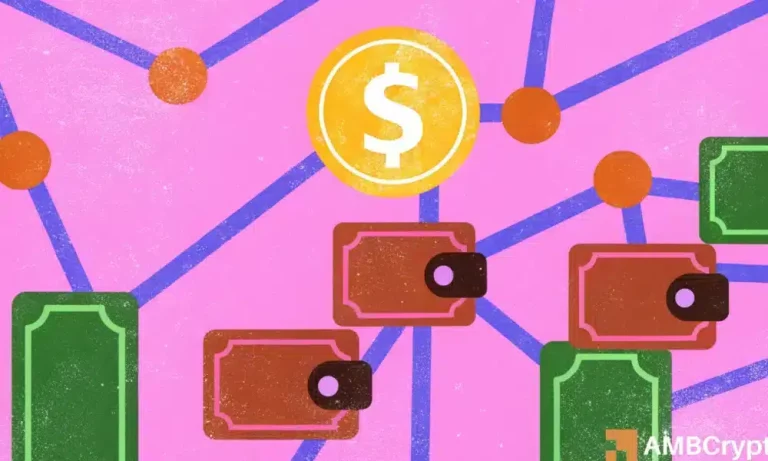
In the world of cryptocurrency, the unexpected often drives the most engaging headlines, and Qubic’s latest activities are no different. After an attempted 51% attack on privacy blockchain Monero, Qubic—a trailblazing AI-driven protocol—is setting its sights on none other than Dogecoin, the beloved meme coin of the crypto community. But what exactly is Qubic planning? Let’s break it down.
What is Qubic?
Qubic is a unique proof-of-work (PoW) blockchain that integrates artificial intelligence (AI) into its consensus mechanism. Using its ‘Useful Proof-of-Work’ model, this innovative protocol trains its AI system, dubbed AIGarth, while simultaneously mining cryptocurrency. This dual-purpose approach creates an intertwined relationship between mining and AI advancements, redefining typical blockchain operations.
The Monero Incident: What Happened?
Qubic’s audacious attempt to take control of 51% of Monero’s network hash rate captured significant attention. While the independent research showed that Qubic fell short, only managing 28% of the hash rate, the move underscored the vulnerability of privacy-focused blockchains in a targeted attack. Despite missing the mark, Qubic emphasized its goal was to enhance Monero’s mining consensus structure rather than undermine or destroy it.
According to Retrodrive, Qubic’s marketing lead, the goal was not malicious but transformative: “We aren’t trying to compromise Monero’s privacy or double-spend; instead, we aim to show how our system can improve mining profitability and attract more CPU miners for AI training.”
Dogecoin: The Next Big Experiment
Following a community vote on the Qubic Discord server, Dogecoin beat other blockchain candidates, including Zcash and Kaspa, as the team’s next target. But unlike Monero, Dogecoin utilizes ASIC mining hardware, creating a new challenge for Qubic’s experimental design.
The team’s decision to focus on Dogecoin, according to Qubic founder Sergey Ivancheglo (also known as Come-from-Beyond), was not born out of malicious intent but rather curiosity. “We want to understand if our incentive model can efficiently mine ASIC-dependent coins, and we see Dogecoin as a perfect case study,” Ivancheglo explained.
What Could This Mean for Dogecoin?
While Qubic does not explicitly plan a 51% attack on Dogecoin, its activities could impact the token’s ecosystem, particularly its mining landscape. Qubic aims to mine for profit while experimenting with incentive structures that could potentially disrupt traditional mining practices.
Dogecoin enthusiasts, however, remain cautious, with many wondering whether a successful Qubic experiment could lead to centralized power in the mining space. As of now, the protocol maintains that its goals are purely research-focused.
AI Innovation Meets Blockchain: A Look Ahead
Qubic’s integration of AI-powered mining showcases how blockchain and AI can intersect to create powerful and potentially transformative systems. For those interested in exploring these synergies, products like NVIDIA’s RTX 4090 graphics cards might provide effective hardware for mining setups and AI training. Learn more about the NVIDIA RTX 4090 here.
Conclusion
While Qubic’s bold moves raise questions about blockchain security and decentralization, they also offer fascinating insights into the future of cryptocurrency innovation. Whether it’s mining for profit or reshaping consensus mechanisms, Qubic is undoubtedly pushing boundaries. Dogecoin may just be the beginning of a broader conversation about AI, blockchain, and the evolving landscape of digital currencies.



